Nature’s battlegrounds often pit formidable predators against one another in dramatic confrontations. Among these natural rivalries, the conflict between eagles and snakes represents one of the most fascinating ecological dynamics in the animal kingdom. These encounters showcase remarkable adaptations, hunting strategies, and survival mechanisms that have evolved over millions of years. Eagles, as apex aerial predators, and snakes, as masterful ambush hunters, each bring impressive weapons to these confrontations. This article explores the various factors that influence the outcome when these powerful animals clash, examining the strengths and weaknesses of both contenders to determine which might emerge victorious in different scenarios.
Natural Enemies: The Eagle-Snake Relationship
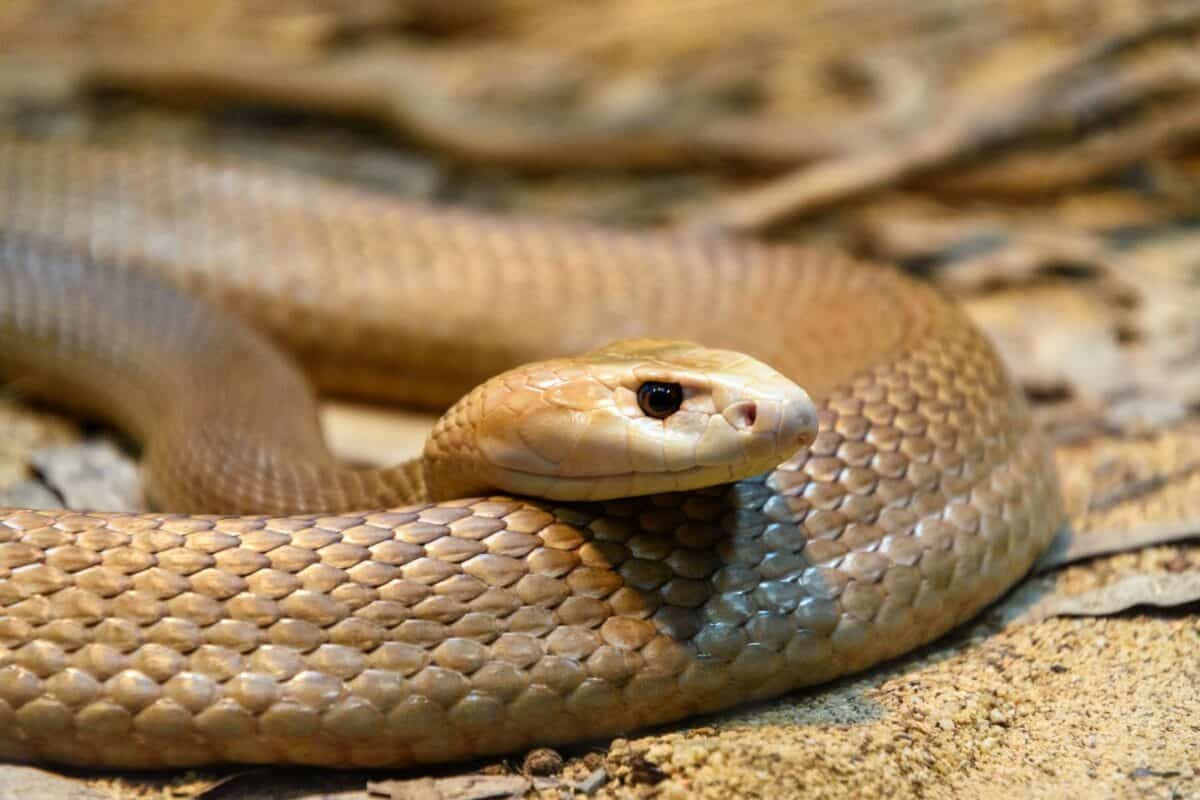
Eagles and snakes have evolved as natural adversaries across various ecosystems worldwide. Many eagle species, including the famed snake eagles of Africa and Asia, have specialized in hunting serpents as a primary food source. This evolutionary relationship has shaped both predator and prey, with each developing countermeasures against the other’s hunting tactics. Eagles have developed keen eyesight that can spot camouflaged snakes from great heights, while many snake species have evolved cryptic coloration and defensive postures to avoid detection. This predator-prey relationship varies by region and species, with some eagles being dedicated ophiophages (snake-eaters), while others only occasionally target serpents when opportunity presents itself. The ongoing evolutionary arms race between these animals represents one of nature’s most dynamic and enduring conflicts.
Eagle Advantages: Weapons from Above
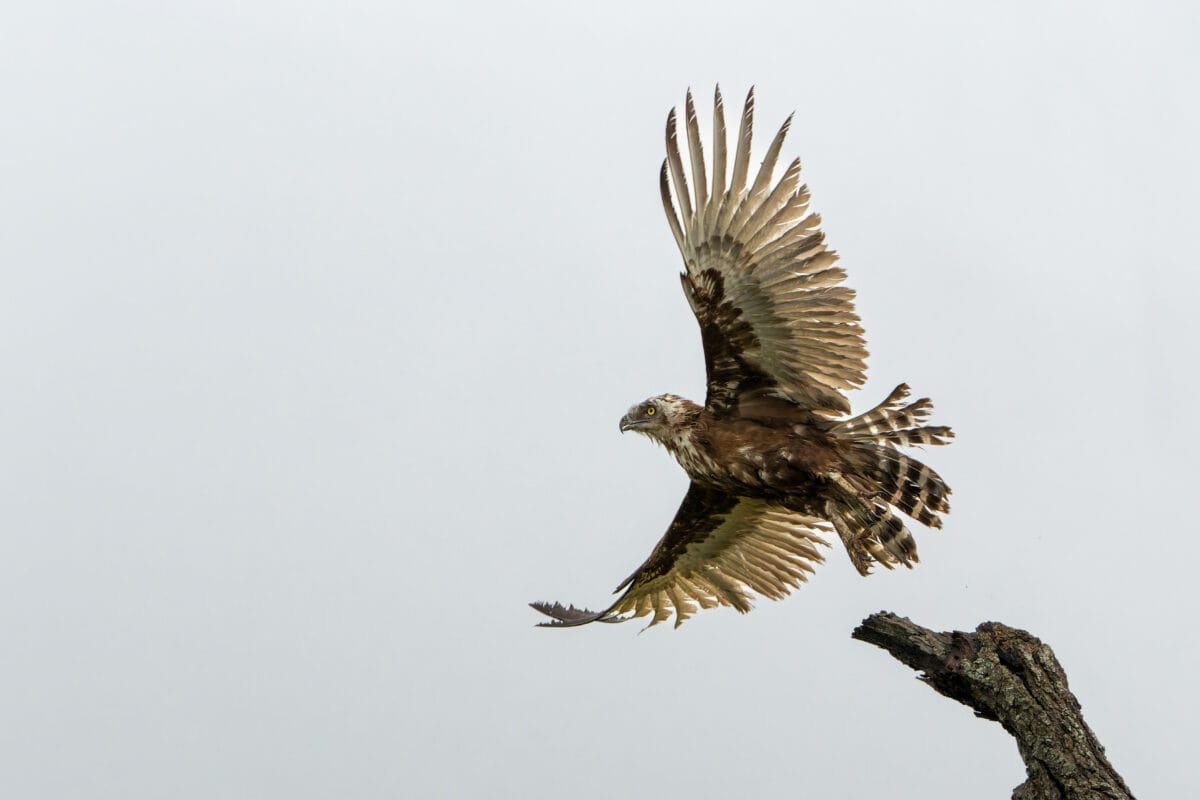
Eagles possess several formidable advantages that make them effective snake hunters. Their exceptional vision allows them to spot snake movement from hundreds of feet in the air, even detecting partially hidden serpents. Once a target is identified, eagles can dive at speeds exceeding 100 mph, striking with tremendous force. Their powerful talons, which can exert pressure up to 400 psi (pounds per square inch), serve as lethal weapons capable of piercing snake scales and vertebrae.
Many species, like the crested serpent eagle, have evolved specialized scales on their legs that provide protection against snake bites. Eagles also benefit from their aerial mobility, allowing them to attack from angles that snakes cannot effectively defend against. Perhaps most critically, their ability to lift snakes off the ground neutralizes much of a serpent’s fighting capability, as snakes rely on ground leverage to strike effectively. These combined advantages make eagles particularly dangerous opponents for most snake species.
Snake Advantages: Deadly Defense Mechanisms

Despite facing aerial attackers, snakes possess impressive defensive capabilities that can turn the tables on predatory eagles. Venomous species represent the most obvious threat, with snakes like cobras, vipers, and mambas capable of delivering potentially fatal bites to eagles that mishandle their attack. A single strike from a venomous snake can deliver enough toxins to kill an eagle within minutes or hours, depending on the species. Beyond venom, constrictors like pythons and boas possess tremendous muscular strength that can overwhelm smaller eagle species if they manage to coil around them.
Many snakes have evolved rapid strike speeds—some vipers can launch attacks at 175 mph—faster than human visual processing. Additionally, snakes’ low profile makes precise targeting difficult for eagles, especially in dense vegetation. The serpentine body plan allows for rapid directional changes and unpredictable movement patterns that can confuse attacking birds. These defensive adaptations ensure that eagles must execute their hunting strategy perfectly or risk becoming victims themselves.
Famous Snake-Hunting Eagle Species

Several eagle species have evolved specifically to target and consume snakes as primary prey. The short-toed snake eagle of Europe, Africa, and Asia possesses specialized scales on its legs that provide protection against snake bites, along with particularly long talons for grasping serpents. Africa’s black-chested snake eagle can spot and capture snakes from heights of 500-1000 feet, often consuming venomous species like cobras and puff adders. The crested serpent eagle of South and Southeast Asia has developed specialized hunting techniques for extracting snakes from dense jungle vegetation.
The Philippine serpent eagle has evolved to specialize in hunting the venomous Philippine cobra, demonstrating remarkable resistance to its neurotoxic venom. North America’s bald eagle, while not a snake specialist, opportunistically hunts water snakes and rattlesnakes when available. These specialized predators have developed physiological and behavioral adaptations specifically targeting serpents, including enhanced visual acuity for detecting snake movement patterns and specialized digestive systems capable of processing snake venom proteins.
Formidable Snake Adversaries
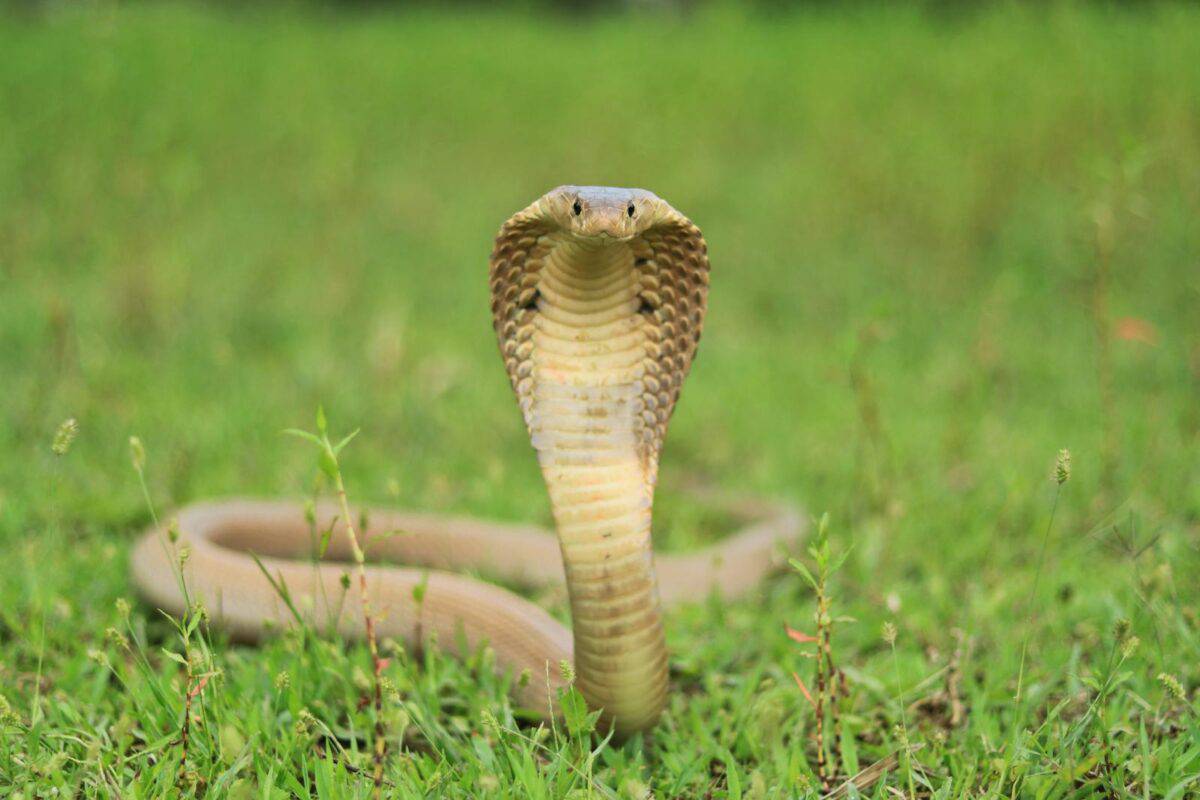
Certain snake species present particularly challenging targets for eagles, regardless of the raptor’s hunting prowess. The king cobra, reaching lengths over 18 feet, can raise its head several feet off the ground, striking at an eagle’s vital areas rather than armored legs. Black mambas combine extreme venom potency with speeds up to 12.5 mph, making them difficult for eagles to approach safely. Reticulated pythons and anacondas may exceed the lifting capacity of even the largest eagles, with adult specimens weighing over 200 pounds.
Various rattlesnake species possess warning systems that can deter eagle attacks before they begin. Desert-dwelling species like the sidewinder employ specialized locomotion that creates minimal visual movement, making aerial detection extremely difficult. The defensive capabilities of these snake species mean that even specialized snake-hunting eagles must be selective about which individuals they target, often focusing on juvenile specimens or smaller species while avoiding the most dangerous adult snakes.
Battlefield Analysis: How Eagle Attacks Unfold
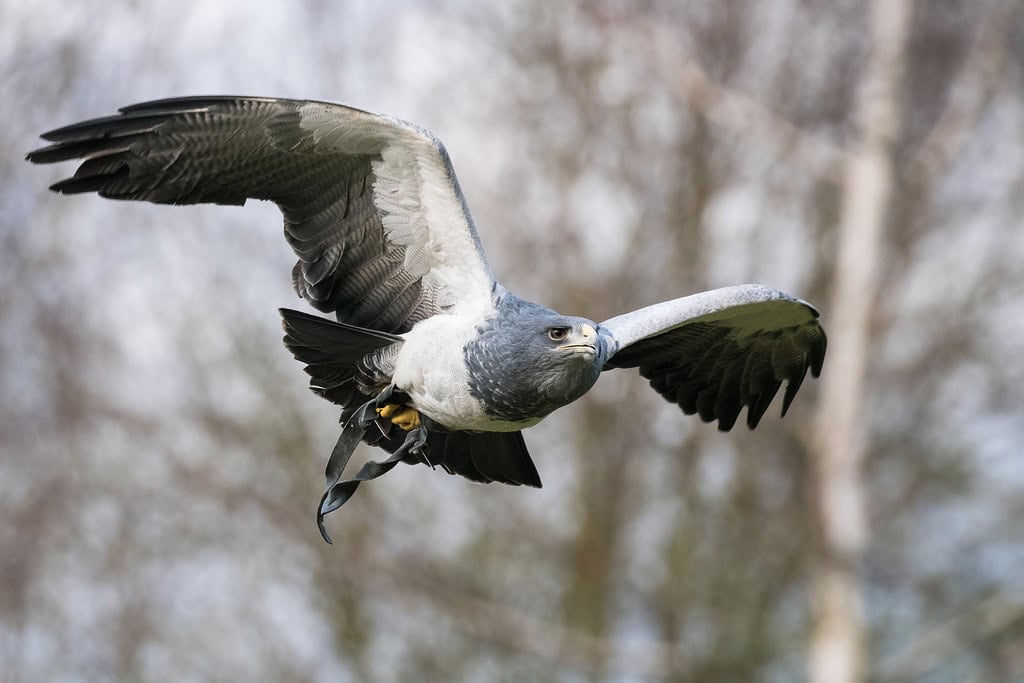
When an eagle targets a snake, the encounter typically follows a predictable pattern that showcases the aerial predator’s hunting strategy. The sequence begins with the eagle soaring at height, utilizing its exceptional vision to scan the terrain below for serpentine movement. Upon detecting a potential target, the eagle will often circle to confirm the sighting and assess the snake’s size and species. The attack phase involves a rapid stoop (dive), with wings partially folded to increase speed while maintaining maneuverability.
The eagle aims to strike the snake just behind the head with its talons, attempting to damage the spine or deliver a fatal blow immediately. If successful, the eagle will typically lift the snake off the ground, eliminating its ability to strike effectively. For larger snakes, eagles may execute a “hit and run” strategy, repeatedly striking and retreating to wear down their prey before attempting to secure it. Throughout the attack, the eagle must maintain precise control, as a misplaced grip could leave it vulnerable to a counterstrike. This hunting sequence reflects thousands of generations of evolutionary refinement.
Snake Defense Tactics: Countering Aerial Attacks

Snakes have developed sophisticated defensive strategies specifically to counter avian predators like eagles. When detecting an aerial threat, many snake species will freeze in place, relying on camouflage as their first line of defense. If spotted, venomous species often adopt threat displays—cobras spread their hoods, rattlesnakes coil and rattle, and many species flatten their heads to appear larger and more intimidating. Some snakes employ rapid escape techniques, utilizing bursts of speed to reach cover before an eagle can complete its attack dive.
When direct confrontation becomes inevitable, snakes rely on their strike speed and accuracy, targeting the eagle’s less protected areas like the face or underside. Certain species have evolved specialized anti-predator behaviors, such as the hognose snake’s death-feigning behavior or the tendency of some species to regurgitate recent meals to increase mobility. In densely vegetated environments, snakes may seek cover amid thorny plants that can impede an eagle’s approach. These diverse defensive adaptations ensure that even specialized snake-hunting eagles face significant challenges and risks when pursuing serpentine prey.
Size Matchups: When Dimensions Determine Victory
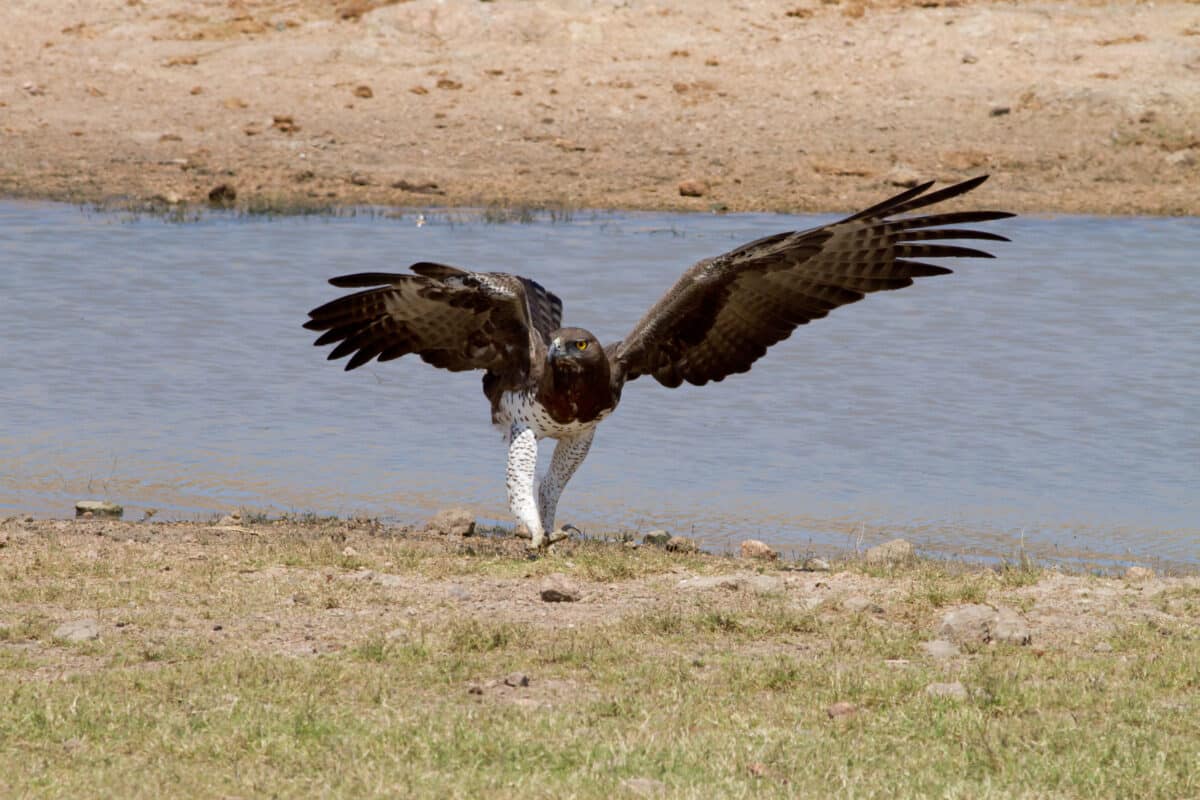
The physical dimensions of both combatants play a crucial role in determining the outcome of eagle-snake encounters. Large eagles like the martial eagle or Steller’s sea eagle, with wingspans exceeding 8 feet and weights approaching 15 pounds, can successfully target relatively large snakes up to 6-7 feet in length. These powerful birds possess the strength to lift snakes weighing 5-6 pounds completely off the ground. Medium-sized eagles, such as golden eagles or crested serpent eagles, typically limit their attacks to snakes under 5 feet long, with smaller species like the booted eagle targeting only small snakes under 3 feet.
The snake’s girth also factors significantly into these equations, as bulky constrictors require more lifting force than slender species of the same length. When snakes exceed these size thresholds, the advantage shifts dramatically, with large constrictors and exceptionally long venomous species becoming virtually immune to predation from even the largest eagles. This size-based calculus explains why eagles typically target juvenile snakes or smaller species, avoiding confrontations with fully-grown specimens of the largest snake species.
Venom vs. Talon: Analyzing Lethal Weapons

The primary weapons of eagles and venomous snakes represent opposing approaches to predation and defense. Eagle talons deliver tremendous mechanical force, with the hallux (rear talon) of large eagle species capable of exerting pressures exceeding 400 psi—sufficient to pierce snake vertebrae or crush skulls. These razor-sharp natural weapons combine with impact force from diving speeds up to 100 mph to deliver potentially instantaneous fatality to targeted snakes. Conversely, snake venom represents one of nature’s most sophisticated biochemical weapons, with neurotoxic, hemotoxic, or cytotoxic compounds capable of debilitating or killing eagles within minutes to hours.
Cobra neurotoxins attack the eagle’s nervous system, potentially causing respiratory failure, while viper hemotoxins destroy blood cells and vessels, leading to internal hemorrhaging. The effectiveness of these weapons depends largely on deployment—eagles must strike with precision to avoid defensive bites, while snakes must successfully deliver venom through an eagle’s feathers and into tissue. This dynamic creates a scenario where the first successful strike often determines the victor, with eagle attacks generally producing immediate results while venom effects develop over time.
Habitat Factors: How Environment Influences Outcomes

The environmental context of eagle-snake encounters significantly influences which animal holds the advantage. In open grasslands and savannas, eagles benefit from unobstructed visibility and ample maneuvering space, allowing them to spot snakes from great distances and execute precise attack dives. Desert environments similarly favor aerial predators, as the sparse vegetation provides few hiding places for serpents. Conversely, dense forests and jungles shift the advantage toward snakes, as the canopy restricts eagle flight paths and provides abundant cover for serpents to hide or retreat.
Aquatic environments present mixed conditions—eagles can easily spot snakes swimming across open water, but snakes gain protection in shallows with vegetation. Rocky terrains offer snakes numerous crevices for escape but may also provide eagles with elevated perches for surveillance. Seasonal factors also influence these dynamics, with snakes being more vulnerable during breeding seasons when they engage in more exposed behaviors, or during cold periods in temperate regions when their reflexes slow due to lower body temperatures. These habitat variables explain why snake-hunting eagle species have evolved specialized techniques for the specific environments they inhabit.
Documented Encounters: Real-World Battles

Wildlife researchers and photographers have documented numerous encounters between eagles and snakes, providing valuable insights into how these confrontations typically unfold. A particularly dramatic documented case involved a martial eagle in Kenya’s Maasai Mara successfully capturing a 6-foot black mamba—one of Africa’s deadliest snakes—by precisely striking just behind the serpent’s head before it could deliver a defensive bite. In India, researchers observed a crested serpent eagle successfully hunting a 4-foot Indian cobra, using repeated aerial attacks to wear down the snake before delivering a fatal strike.
Not all encounters favor the eagles, however. A 2018 observation in Arizona captured a Harris’s hawk fatally envenomated by a western diamondback rattlesnake after an imprecise attack allowed the snake to deliver a defensive strike. In Brazil, wildlife photographers documented a dramatic encounter where a crowned eagle attacked a young anaconda, only to become entangled and nearly constricted before escaping with visible injuries. These documented cases reveal that while eagles generally hold the advantage due to their aerial attack capability, success depends on precise execution of their hunting strategy, with errors potentially resulting in serious injury or death for the predator.
Conclusion: The Verdict on Nature’s Aerial-Terrestrial Conflict

The question of whether eagles or snakes would win in confrontations defies a simple answer, as outcomes depend on numerous variables including species, size, environment, and the specific circumstances of each encounter. In most scenarios involving medium to large eagles and average-sized snakes, the aerial predator holds a significant advantage due to its attack angle, vision, and powerful talons, particularly when targeting non-venomous species or smaller venomous snakes. However, this advantage diminishes substantially when eagles face exceptionally large constrictors beyond their lifting capacity, or when dealing with highly venomous species capable of delivering fatal defensive strikes.
Nature has maintained this evolutionary arms race for millions of years precisely because neither competitor has developed an insurmountable advantage, with both eagles and snakes continuing to refine their offensive and defensive capabilities. This delicate balance of power illustrates the complexity of predator-prey relationships and demonstrates how different adaptive strategies can prove equally effective in the ongoing struggle for survival in diverse ecosystems worldwide.
- Eagles vs. Snakes: Who Would Win? - August 9, 2025
- Why Pandas Were Once Nearly Extinct—and How China Saved Them - August 9, 2025
- This Fish Has the Most Teeth in the Ocean—And Uses Them Well - August 9, 2025

